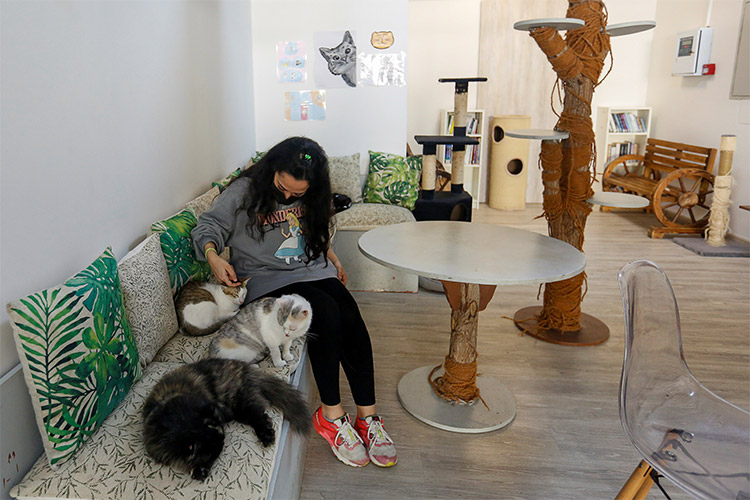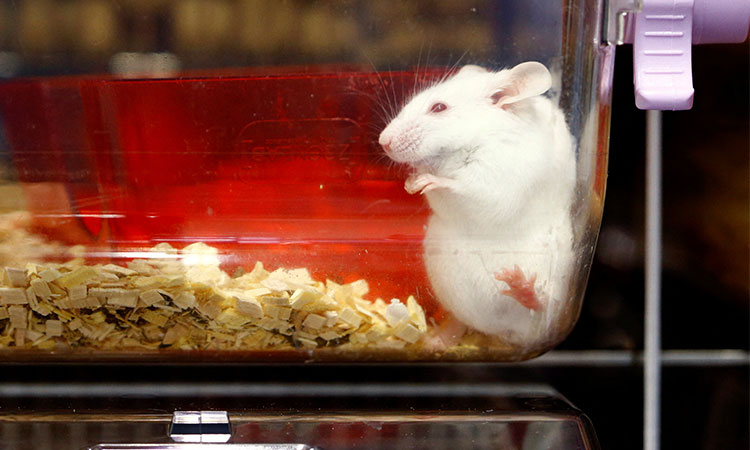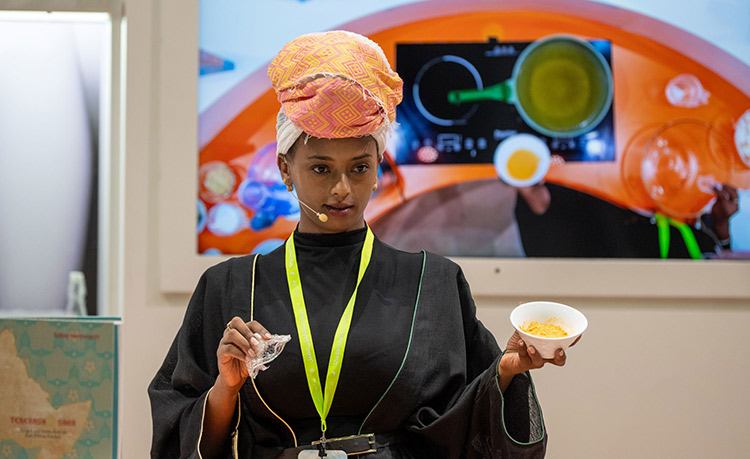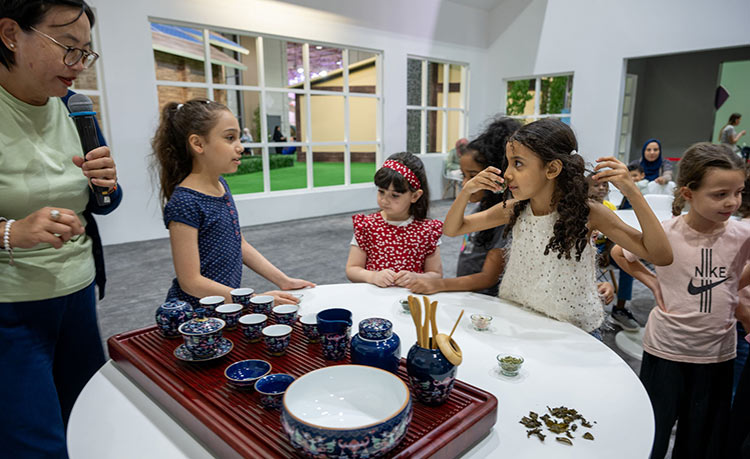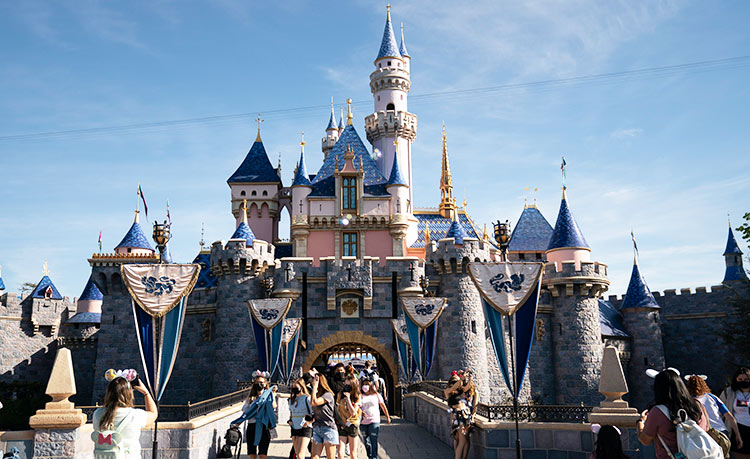Croatia acts to save its iconic Istrian goat

A Istrian goat is pictured at a meadow close to Milohanics' family farm house in Veleniki.
For centuries, the domestic goat was a staple of rural life in Croatia's Istria peninsula, an enchanting region home to rolling hills and picturesque coastline.
But from a population in the thousands in the mid-20th century, the goat's numbers have dwindled down to a few dozen, prompting local authorities to launch a conservation programme with the help of local breeders.
The goats are milked by hand and graze for a few hours daily at a meadow close to the Milohanic family's farm house, where he also grows olives, grapes and hosts tourists.
Milohanic, one of a handful of local breeders raising the goats, started years ago and aspires to run a small cheese factory in future.
Milk and meat
The animals were for many years a key food resource, providing milk and meat for villagers too poor to afford a cow or sheep.
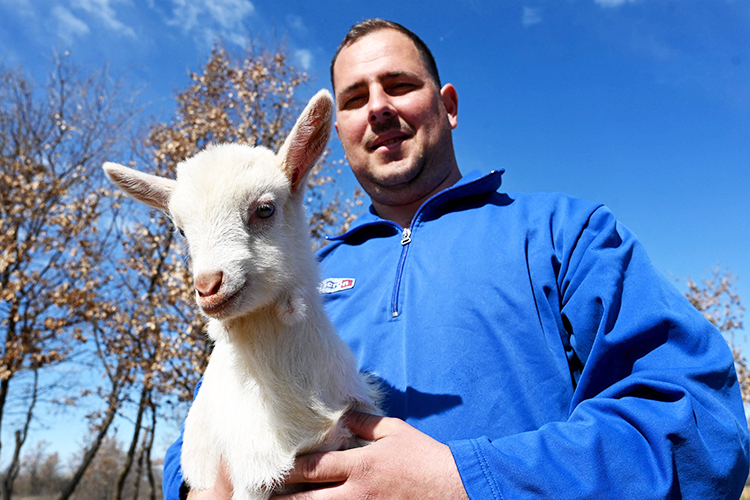
Known as agile and intelligent, goats were the first animal to be milked by man, he added.
In times of hardship, such as during wars or hunger, the "poor man's cow" helped villagers survive due to their modest needs regarding food and shelter.
They were also easy to bring along if the owner needed to flee.
The death of a goat was once a tragedy for an average Istrian family.
'Return our debt'
The local revitalisation project started in 2010 with experts carrying out a genetic analysis to confirm the Istrian breed still existed with a view to adding it to Croatia's list of indigenous and protected species.
That followed two years later.
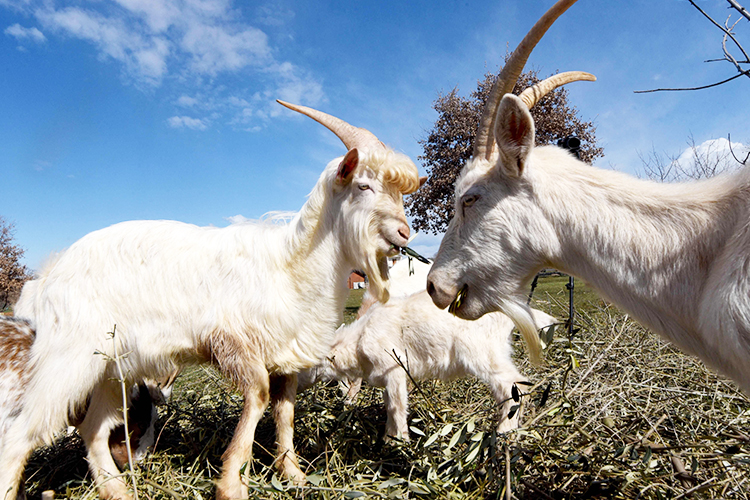
Local authorities are now studying around 30 breeding goats to prevent mating of close relatives, with hopes that artificial insemination can also help double the population annually to reach 1,000 within a decade.
This year, they also plan to buy up any Istrian baby goats in the region to prevent their slaughter.
Tourist attraction
Another ray of hope for the goats may lie in tourism.
Olgica Skopac, whose farm is nestled between the picturesque hilltop town of Labin and the coastal resort of Rabac, used two does and a buck to clear her land a few years ago instead of machinery.
Now the animals are an additional draw for the tourists who stay in apartments on her farm.

